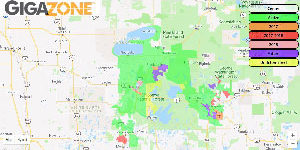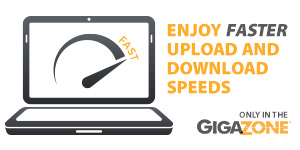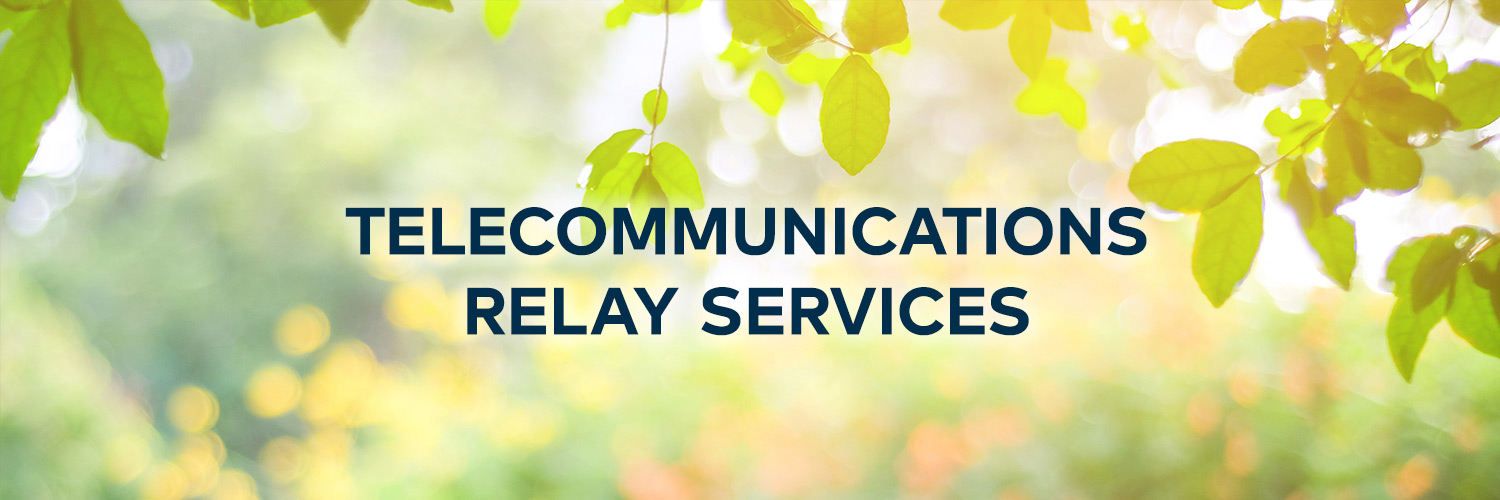MINNESOTA RELAY
Minnesota Relay is a free telephone service that uses specially trained communications assistants to facilitate telephone calls between people with hearing and speech disabilities and other individuals. Calls can be made to anywhere in the world, 24 hours a day, 365 days a year. All calls are completely confidential.
To make a Minnesota Relay call dial 7-1-1. Once connected to the relay service, tell the communications assistant the type of relay call you wish to make. Or, you may dial the specific toll-free number for the type of relay service.
For information on Minnesota Relay Services: www.mnrelay.org or 1-800-657-3775.
Types of Relay Services
Captioned Telephone Service (CTS)
CTS uses a special telephone with a text display screen so that a person who is hard of hearing can listen to and read captions of everything the other person on the call says. You speak directly to the other person on the call, and a relay communications assistant transcribes everything the other person says into captions, which appear on the display screen of your CTS phone.
Internet Protocol Captioned Telephone Service (IP CTS)
Internet-based forms of CTS are available for those who would like to use CTS on a computer, tablet, or smartphone. Go to: https://www.fcc.gov/ipcts.
Computer (ASCII): 1-800-627-3529
Computer users can access Minnesota Relay. Set your communications software to the following protocols: speeds ranging from 300 to 2400; 8 Bits; No Parity; 1 Stop Bit; Full Duplex. When calling at a rate of 300 or below, follow the above using Half Duplex.
Hearing Carry Over (HCO): 1-800-627-3529
HCO allows a person who can hear clearly but who has very limited or no speech capability to make and receive phone calls. Using a special text telephone, you type your conversation for the relay communications assistant to read to the other person and listen directly to the other person’s response.
Hearing User: 1-800-627-3529
A hearing person may use a standard telephone or mobile phone to place a relay call and speak with a person who is deaf, hard of hearing, or speech disabled.
Internet Protocol (IP) Relay:
IP Relay combines text-based relay service with the ease of the internet – no need for a TTY. You can make your relay call using a computer, laptop, tablet, or smartphone. Go to: https://www.fcc.gov/ip-relay.
Spanish Relay: 1-877-627-5448
Spanish speaking persons with a hearing or speech disability can make relay calls. This is not a translation service – both parties must speak Spanish, and at least one party must have a hearing or speech disability.
Speech-to-Speech (STS): 1-877-627-3848
STS allows a person who has difficulty speaking or being understood on the phone to communicate using his or her own voice or voice synthesizer. The relay communications assistant revoices your words so that the other person on the call can understand them, and the other person speaks directly to you.
Text-Telephone (TTY): 1-800-627-3529
This service allows a person who is deaf, deafblind, or speech disabled to use a TTY to communicate with the other person on the call.
Video Relay Service (VRS)
VRS allows a person who uses American Sign Language (ASL) to communicate over the phone. The VRS user connects to the relay communications assistant via an internet-enabled device with a video camera. The communications assistant relays the conversation back and forth between the parties – in ASL with the VRS user and by voice with the called party. Go to: https://www.fcc.gov/vrs.
Voice Carry Over (VCO): 1-877-627-3024
VCO allows a person with a hearing disability, but who wants to use his or her own voice, to speak directly to the other party. The communications assistant then types the other party’s response, which is displayed on the VCO user’s text telephone.
Important Information
Emergency Assistance
TTY callers should dial 9-1-1 directly in an emergency. All 9-1-1 centers are equipped to handle TTY calls. Minnesota Relay can process emergency calls, but this may delay the response to your call.
To File a Complaint Regarding Minnesota Relay
Email your complaint to mn.relay@state.mn.us or call 1-800-657-3775. When filing your complaint please provide:
- Date and time of the relay call
- Calling from and to phone numbers
- CA’s identification number
- Nature of your complaint
You may also file a complaint with the Federal Communications Commission:
- Website: fcc.gov
- Voice: 1-888-225-5322
- TTY: 1-888-835-5322
- ASL via VP: 1-844-432-2275
MINNESOTA ACCESS TO COMMUNICATION TECHNOLOGY (MN ACT) PROGRAM
Minnesota Access to Communication Technology (MN ACT) provides a variety of adaptive phone devices to people who are deaf, deafblind, hard of hearing or who have a speech or physical disability and find it hard to use the phone. Devices are loaned for free to those who qualify, for as long as the device is needed. For more information on the MN ACT program:
- Website: gov/deaf-hard-of-hearing
- Voice: 1-800-657-3663
- ASL via VP: 651-964-1514



